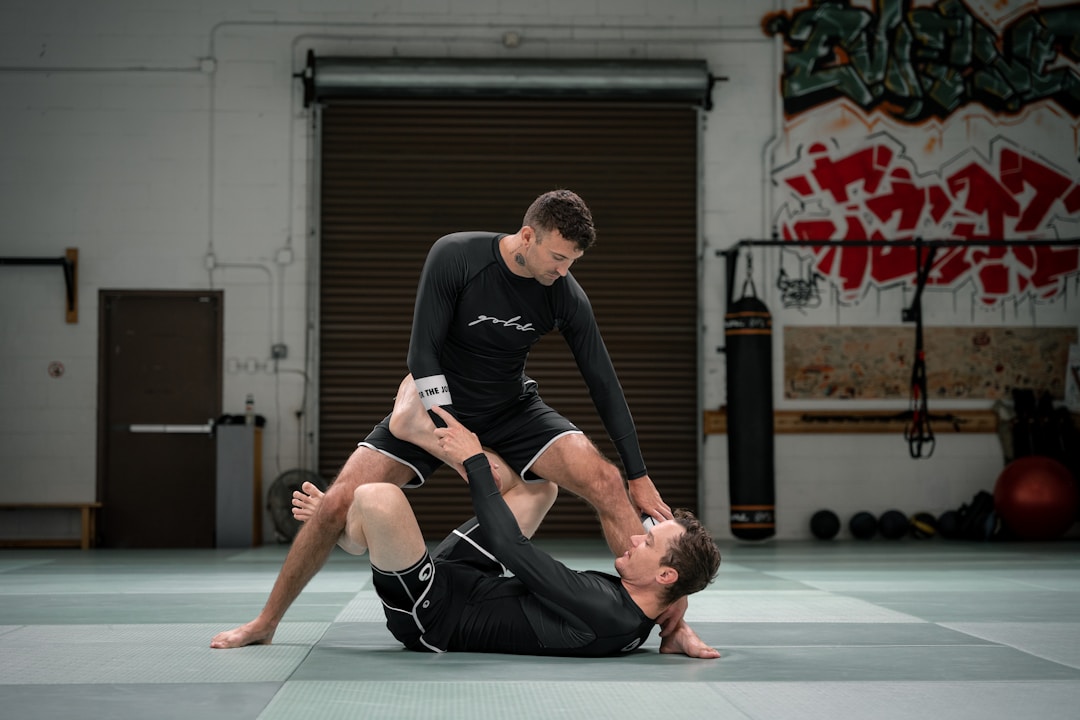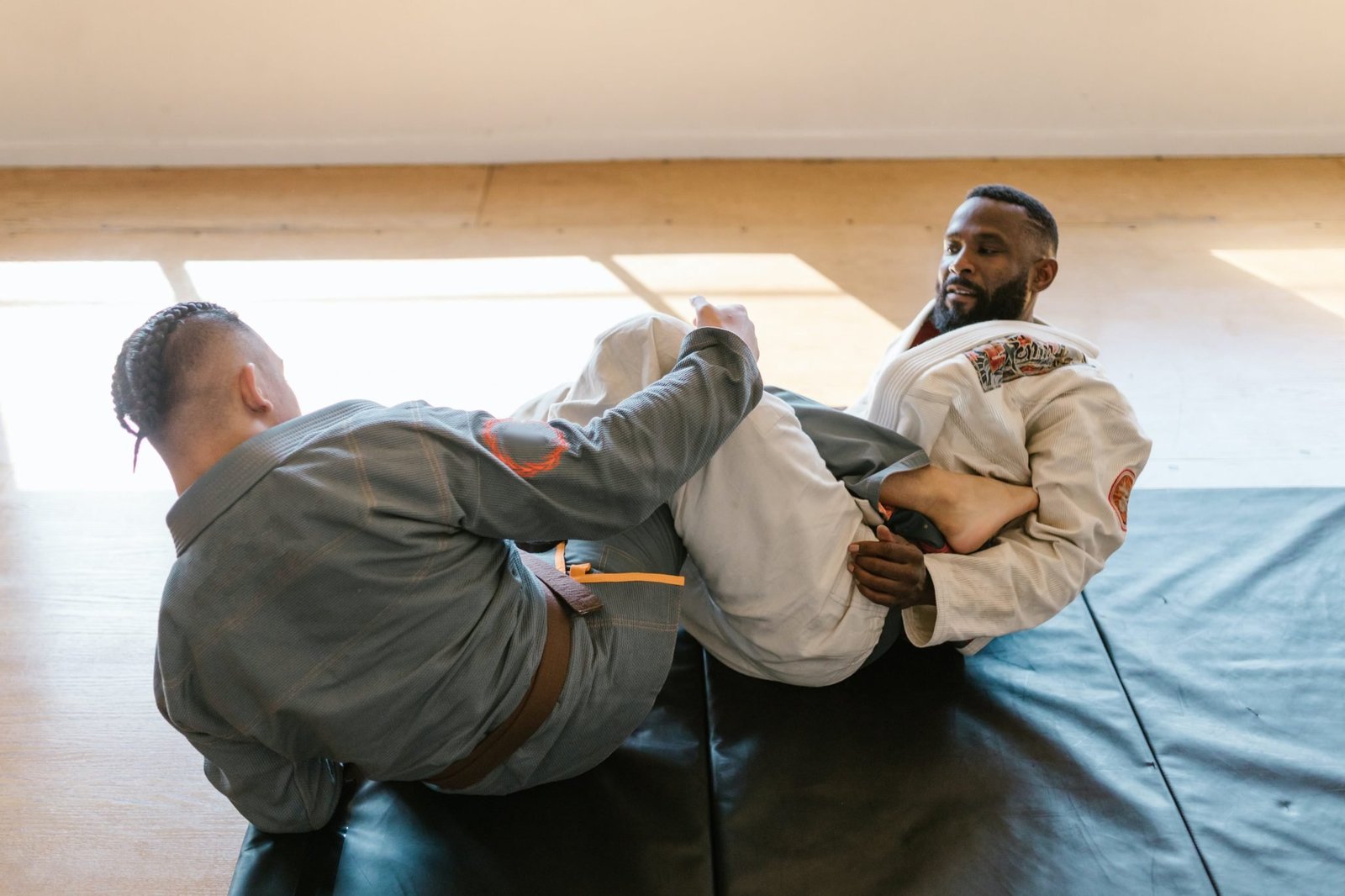Jiu-Jitsu, a martial art with deep historical roots, has evolved into various styles that are practiced worldwide. Brazilian Jiu-Jitsu (BJJ), Japanese Jiu-Jitsu, and Gracie Jiu-Jitsu are among the most recognized forms, each with unique characteristics and techniques. As the sport continues to grow, it’s important to understand the differences that make each style distinct. Whether you’re a seasoned practitioner or someone interested in taking up the art, gaining insight into these styles can deepen your appreciation for Jiu-Jitsu. Below, we delve into the nuances and history of each discipline.
Unraveling the Roots of Brazilian Jiu-Jitsu

Brazilian Jiu-Jitsu, predominantly known for its ground fighting techniques, has gained worldwide acclaim for its practicality in self-defense and competitive scenes. This style evolved from the early 20th century Kodokan Judo, which was introduced to Brazil by Japanese immigrants. It’s an art that focuses on grappling and submission holds, aiming to provide an advantage to smaller and weaker individuals by using leverage and technique.
BJJ was popularized by the Gracie family, who refined the art through constant practice and competition. These pioneers transformed their fighting style into an international phenomenon, often synonymous with “the gentle art.” They developed unique techniques that revolutionized combat sports, making it a staple in mixed martial arts (MMA) and self-defense instruction.
The sporting aspect of Brazilian Jiu-Jitsu has introduced a new layer of strategy and athleticism. Competitions are governed by intricate rule sets that emphasize position control, submissions, and points for advantageous positions. These rules reward calculated risks and technical prowess, making BJJ bouts challenging mental and physical contests.
Those interested in learning BJJ can easily find academies around the world, with many offering specialized programs for different ages and skill levels. For instance, those aspiring to master this art can find Jiu Jitsu classes in San Diego tailored to their journey, focusing on both the combative and the sport aspects of BJJ.
Distinguishing Features of Japanese Jiu-Jitsu
Japanese Jiu-Jitsu, often referred to as the traditional form, predates its Brazilian counterpart by centuries. It was cultivated by the samurai as a method of defeating an armored opponent without the use of weapons. This ancient art includes throws, joint locks, and strikes, making it a comprehensive combat system.
Emphasizing weapon disarmament and multiple attacker scenarios, Japanese Jiu-Jitsu serves as a historical link to modern martial arts. Its technique diversity reflects the unpredictable nature of ancient battlefields and hand-to-hand encounters. Training often includes kata, pre-arranged forms that teach sequences of movements against imagined opponents.
Although less popular in the competitive realm when compared to BJJ, Japanese Jiu-Jitsu remains an influential art. Its technical versatility is often sought after by practitioners wishing to broaden their martial arts knowledge. Many defense techniques found in various modern combat sports can be traced back to the teachings of this timeless discipline.
Gracie Jiu-Jitsu: A Legacy of Defense

Gracie Jiu-Jitsu, a term often used interchangeably with Brazilian Jiu-Jitsu, is particularly associated with the Gracie family’s style. This form places a heavy emphasis on defense and teaches techniques that can be used effectively against larger opponents. It’s a testament to the Gracie philosophy of enabling the weak to defend themselves against the strong.
Throughout the years, Gracie Jiu-Jitsu has become synonymous with efficiency and real-world applicability. The system has been tailored to respond to common attacks, emphasizing survival by prioritizing defensive positions and escapes from precarious situations. This approach has proven effective in numerous defense situations and has been widely taught to law enforcement and military personnel.
The educational framework of Gracie Jiu-Jitsu often includes a structured curriculum. This allows for methodical progression where students are exposed to complex scenarios gradually. The emphasis on constant improvement and self-betterment aligns with the family’s dedication to personal growth through martial arts.
Overall, the world of Jiu-Jitsu is vast and varied, with each style providing its own unique contribution to the martial arts landscape. From the self-defense focus of Gracie Jiu-Jitsu to the rapid evolution of competitive No-Gi grappling, practitioners have a wealth of knowledge and techniques to explore. As the sport continues to evolve, so too will the refinement and application of these distinguished styles.

